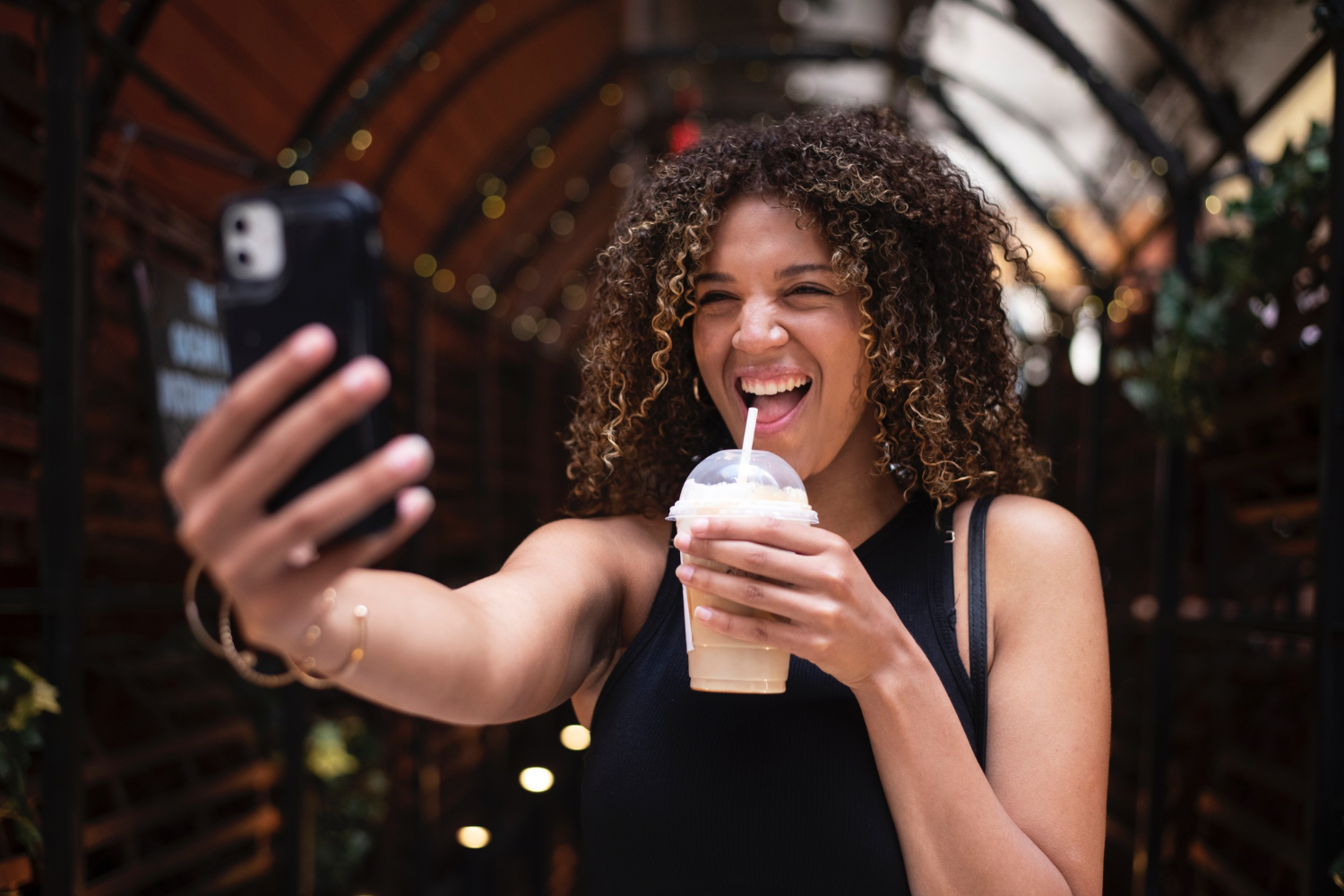Influencer marketing has developed into one of the key tools of brands to achieve a diverse number of business objectives. In virtually all such campaigns, influencers collaborate with a brand in engaging a target audience through typical content creation. Influence Marketing can work well for your marketing and branding, but it requires careful planning, scoping, and selection of influencers who fit the values and message of a particular brand. This article outlines a few types of influencer marketing campaigns with some examples.
Types of Influencer Marketing Campaigns
Giveaways or Contest Campaigns:
These are devised for increasing audience engagement by giving away a product in exchange for any form of action, like comment or share. This not only enhances the audience engagement but also often gives the influencer’s content a big boost in appearing on people’s feeds because social media algorithms show more of what receives the most engagement. Giveaways really work great for brand awareness, new product launches, or expansion into new markets. That is the success-ensuring key: making the giveaway exciting enough to attract maximum engagement.
Branded Posts:
Brands can sponsor influencers to publish branded posts that talk about a particular product or service. Most of the direct objectives from sponsored posts usually are direct sales, considering the fact that most influencers share links for products and promotional discounts. These posts, even though aimed at selling, can be considered brand awareness campaigns as well. For example, beauty vertical influencers often use cosmetics during makeup tutorials and occasionally will send traffic to the brand’s website.
Collaborations:
These are often created as special-edition products in partnership with the influencer. Often these campaigns form relationships between the brand and influencer that can last a long time. For example, a food truck might partner with a local influencer to create a special menu item that gets both the influencer’s followers and the people walking by the truck excited. In a collaboration campaign, there is often room for imagination, yet the campaign is often a bit more involved as there is more planning and collaborating involved.
Content Review:
Review campaigns or unboxing videos reveal the products and tend to have long-term benefits, since they sometimes remain online on platforms such as YouTube or Instagram. They may also be valid for many months beyond the actual campaign date, since people looking to buy a product will often look for reviews of that product. If performance is to be achieved, these types of campaigns need longer and more detailed briefs for the influencers so that they understand the product and present it correctly; poor reviews would negatively affect campaign performance.
Examples of Effective Campaigns
Recently, one of the top influencer marketing agencies, HireInfluence, shared in an article, “Successful Influencer Marketing Campaigns And Why They Work,” some real-world examples running successful influencer marketing campaigns:
imPress Press-On Nails:
imPress partnered with fashion influencers for the purpose of increasing brand awareness around New York Fashion Week. Results across the female Gen Z and Millennial audience created 15.4 million impressions, with a 25.38% engagement rate.
Grammarly:
Grammarly partnered with tech, NCAA, and lifestyle influencers for a six-month campaign that generated 214 million impressions. The influencers ‘used’ Grammarly for real-life scenarios where the product could help someone finish a job quicker or better, or even perfect a congratulatory message.
McDonald’s OREO Shamrock Shake:
McDonald’s OREO Shamrock Shake partnered with a small number of food influencers to launch their new shake. An authentic, first-reaction approach helped generate 1.7 million impressions and drive excitement for the LTO.
Key Takeaways
Successful influencer campaigns are built on clearly defined goals, great curation of influencers, and well-executed content strategies. Brands will be able to modulate these for their specific needs, whether direct sales or brand awareness, in order to optimize their return on investment.

